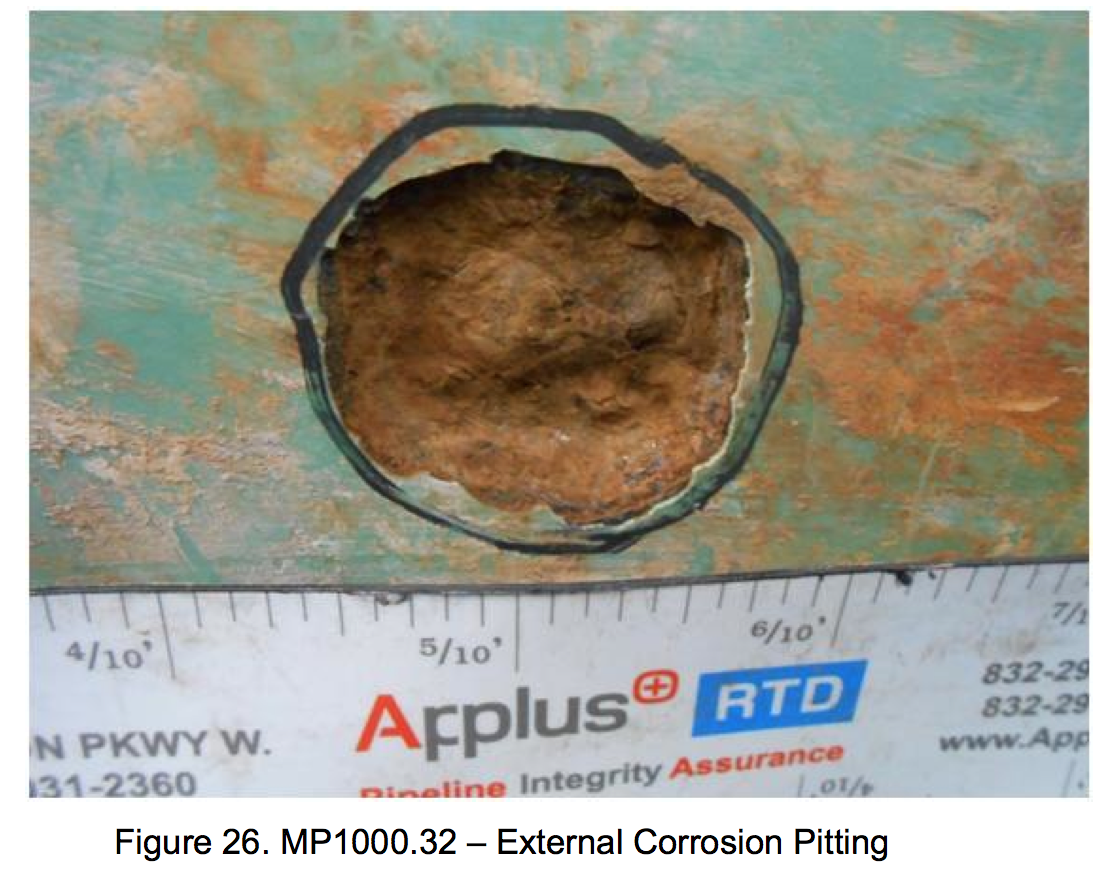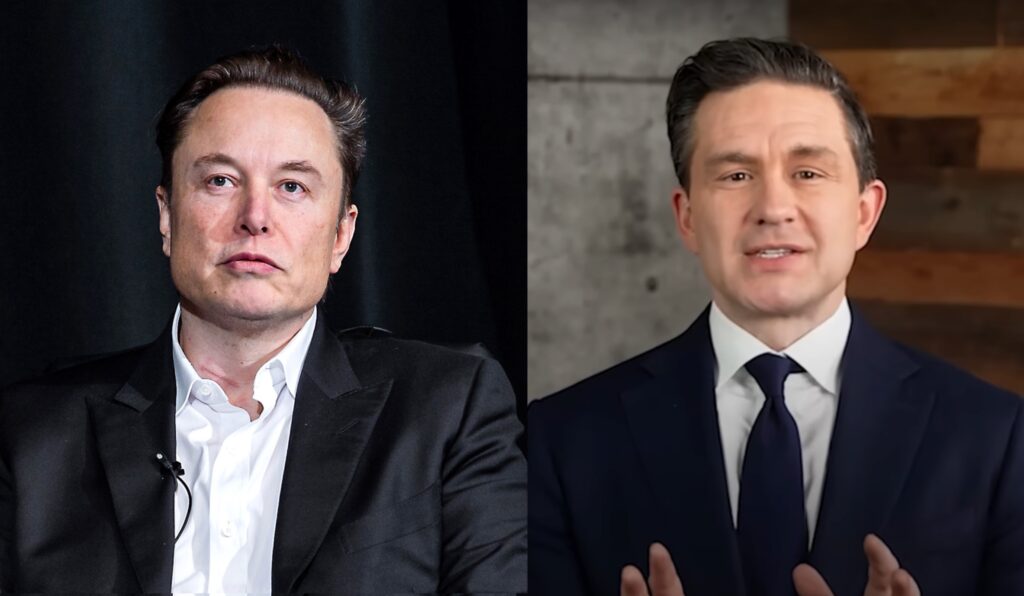Just because TransCanada continually states that the Keystone XL pipeline will be the safest pipeline ever built, doesn’t mean it is true.
The company’s pipeline construction record is facing intense scrutiny in America’s heartland, where many see no justifiable rationale to risk their water and agricultural lands for a tar sands export pipeline.
New documents submitted as evidence in the Keystone XL permitting process in South Dakota — including one published here on DeSmog for the first time publicly — paint a troubling picture of the company’s shoddy construction mishaps. This document, produced by TransCanada and signed by two company executives, details the results of its investigation into the “root cause” of the corrosion problems discovered on the Keystone pipeline.
TransCanada Corporation is continuing its push to build the northern route of the Keystone XL pipeline. On July 27, the company appeared at a hearing in Pierre, South Dakota, to seek recertification of the Keystone XL construction permit that expired last year.
The South Dakota Public Utilities Commission must decide if TransCanada can guarantee it can build the pipeline under the conditions set in 2010, which it must do in order to have the permit reapproved.
High-profile spills and other incidents already tar TransCanada’s safety record. The company faces at least two known ongoing investigations by the Pipeline and Hazardous Materials Safety Administration (PHMSA). The incident records of the southern route of the Keystone XL (renamed the Gulf Coast Pipeline) and the Keystone 1 Pipeline call into question TransCanada’s claim that its pipelines are among the safest ever built.
Over the last couple of years TransCanada’s public relations team, with the help of friendly regulators, have kept critical evidence away from the public and quashed many media inquiries.
But evidence of TransCanada’s poor performance continues to emerge. Earlier this year, DeSmog obtained documents revealing extreme external corrosion in a section of the Keystone 1 pipeline that was only two years old.
This figure from TransCanada’s “root cause analysis” report shows damage to the Keystone pipeline.
Documents the group obtained during discovery show that the corrosion occurred dangerously close to the Mississippi River near St. Louis.
“Talk about a near miss,” Robin Martinez, a lawyer for the grassroots citizens group Dakota Rural Action fighting to stop the permit, told DeSmog.
“Had the pipeline failed, the drinking water supply for a significant number of people could have been destroyed,” Martinez said.
“The Commission is abrogating its responsibility by refusing to look at evidence we want to present,” Martinez told DeSmog.“ It is abundantly clear to us the Commission doesn’t want to look at anything from any other agencies.”
Although Dakota Rural Action was denied the opportunity to enter into evidence documents showing TransCanada failed to follow the federally mandated code of construction while building the southern route of the Keystone XL, Martinez still believes he can present a very strong case against TransCanada’s permit renewal request.
“Granting a permit would be a risky venture for South Dakota, putting the state’s land and water at risk,” he said.
According to Martinez, the witnesses the group will present, including Evan Vokes, former TransCanada employee turned whistleblower, will make it clear that TransCanada’s corporate culture put profits over safety.
A report by DeSmog earlier this year revealed an alarming rate of external corrosion to parts of TransCanada’s Keystone 1 pipeline. Documents obtained through a freedom of information act request indicated the pipeline was 95% corroded, leaving it paper-thin in one area (one-third the thickness of a dime) and dangerously thin in three other places, causing TransCanada to immediately shut it down.
In fact, TransCanada’s instrument readings state it was 96.8% corroded.
Due to PHMSA’s open investigation of the pipeline, regulators refused to turn over any documents that might explain the cause of the pipeline failure.
But lawyers for the Dakota Rural Action group were able to compel TransCanada to turn over documents to which DeSmog and other media sources had been denied acess to — documents the group entered into evidence and is making public.
The documents include TransCanada’s root cause analysis explaining what caused the external corrosion incident in the Keystone 1 pipeline, where it took place and what the damaged pipeline looked like. The report shows how close to a catastrophic failure that pipeline was before a mandatory test exposed the problem.
What caused such deep corrosion in Keystone 1 in a short period of time? Stray current interference, the company argues. A spokesperson for TransCanada told Politico the problems were linked to “low –voltage electric currents from the Keystone and a nearby pipeline interfering with one another.”
In laymen’s terms, that means “a bunch of professional engineers were behaving badly,” Vokes told DeSmog, “because there are adequate checks and balances in the regulations to avoid this.”
Vokes was not surprised when he reviewed the root cause analysis report, although it was the first time he saw photos of the pipeline’s coating that looked as if “it had been gnawed at by rats.”
When the line was shut down, Vokes advised reporters to look into what happened because he suspected that something very serious had gone wrong. “You don’t shut a pipe down that earns millions of dollars a day over a small anomaly,” he said. And that is how TransCanada described the incident to reporters in 2012.
Even with such damaging evidence, Vokes has doubts the Keystone XL permit will be denied.
“How are we supposed to have a fact-based hearing if the Commission won’t admit the documents into evidence?“ Vokes wonders.
TransCanada’s technical shortcomings are not the only hurdle the company has to overcome. The company is being challenged by Native American tribes. “Tribes have a trump card — the treaty rights,” Gary Dorr, of the Nez Perce Nation told DeSmog. “Treaty rights are the supreme law of the land.”
*The hearings will stream live on the South Dakota Public Utilities Commission site.
Image credit: Protest against the Keystone XL pipeline in Ft. Pierre, South Dakota on July 26, 2015. © Doug Grandt
Subscribe to our newsletter
Stay up to date with DeSmog news and alerts








